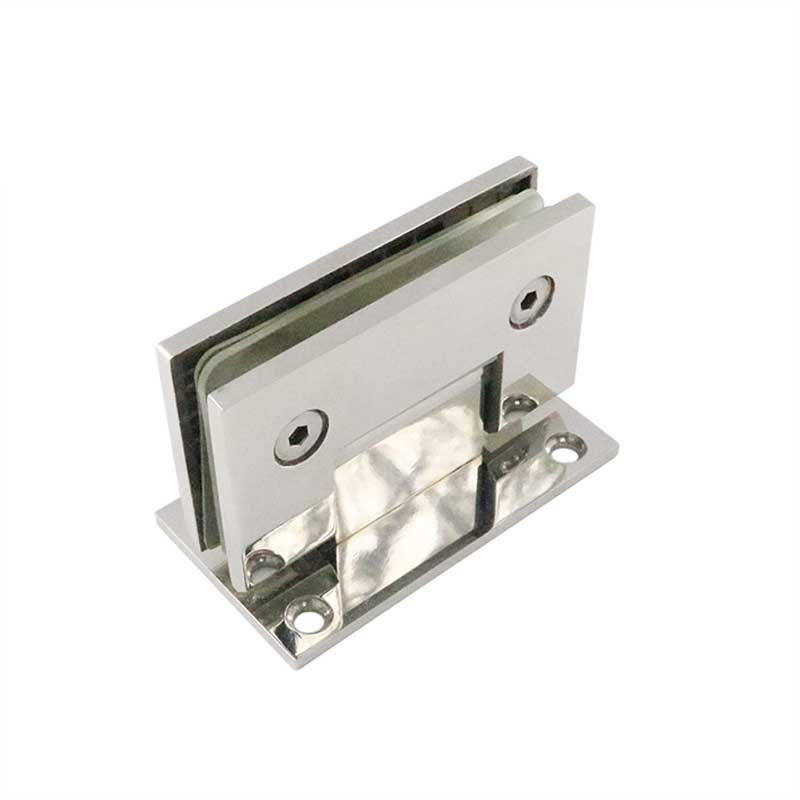Energy Efficiency and Office Glass Door Handles
The drive for energy efficiency in the workplace has led to the adoption of various strategies, including the installation of energy-efficient lighting systems, HVAC systems, and insulation. However, often overlooked is the potential for energy savings that can be realized through the use of energy-efficient glass door handles.
Types of Energy-Efficient Glass Door Handles
There are several types of energy-efficient glass door handles available on the market today. These handles can be classified into two main categories: thermally broken and non-thermally broken.
Thermally Broken Handles
Thermally broken handles feature an insulating barrier between the interior and exterior of the door, preventing the transfer of heat or cold between the two environments. This barrier can be made of a variety of materials, such as plastic, rubber, or fiberglass.
Non-Thermally Broken Handles
Non-thermally broken handles do not have an insulating barrier. This means that heat or cold can be transferred between the interior and exterior of the door through the handle.
Benefits of Energy-Efficient Glass Door Handles
Installing energy-efficient glass door handles can provide a number of benefits, including:
Reduced Energy Consumption
Thermally broken handles can help to reduce energy consumption by preventing the transfer of heat or cold between the interior and exterior of the door. This can lead to significant energy savings, especially in buildings with a large number of glass doors.
Improved Indoor Comfort
Energy-efficient glass door handles can help to improve indoor comfort by reducing the amount of heat or cold that is transferred into or out of the building. This can create a more comfortable environment for occupants, which can lead to increased productivity.
Reduced Condensation
Condensation can occur when warm, humid air comes into contact with a cold surface. This can be a problem on glass doors, especially in humid climates. Energy-efficient glass door handles can help to reduce condensation by preventing the transfer of heat or cold between the interior and exterior of the door.
Factors to Consider When Choosing Energy-Efficient Glass Door Handles
When choosing energy-efficient glass door handles, there are a number of factors to consider, including:
Type of Handle
The type of handle (thermally broken or non-thermally broken) will determine its energy efficiency. Thermally broken handles are more energy efficient than non-thermally broken handles.
Material
The material of the handle can also affect its energy efficiency. Metal handles are more conductive than plastic or wood handles, which means that they can transfer heat or cold more easily.
Size and Shape
The size and shape of the handle can also affect its energy efficiency. Larger handles can transfer more heat or cold than smaller handles. Handles with a more complex shape can also transfer more heat or cold than handles with a simpler shape.
Conclusion
Energy-efficient glass door handles can provide a number of benefits, including reduced energy consumption, improved indoor comfort, and reduced condensation. When choosing energy-efficient glass door handles, it is important to consider the type of handle, material, size, and shape of the handle. By carefully considering these factors, you can choose energy-efficient glass door handles that will help to save energy and improve the comfort of your building.
-
Why Choose Custom Glass Clamps for Shower Doors? Find the Perfect Fit for Your Bathroom
24-12-2025 -
How Do Glass Shower Door Clamp Hinges Improve the Functionality and Aesthetics of Your Bathroom?
23-12-2025 -
What Is a Shower Door Wall Bracket and Why Is It Essential for a Secure Bathroom Installation?
16-12-2025 -
What is the maximum weight that frameless shower door clips can support?
11-12-2025 -
Shower Glass Clips Hardware: The Ultimate Guide to Choosing, Installing, and Maintaining
05-12-2025
-
What Are Frameless Shower Door Clamps and How Do They Impact Your Bathroom Design?
23-12-2025 -
What are frameless shower clamps and why are they essential for modern bathrooms?
19-12-2025 -
What Makes the Ideal Wall Bracket for Your Glass Shower Screen?
18-12-2025 -
Is a Clip Lock for Door the Smartest Way to Improve Everyday Home Security?
17-12-2025 -
What Are the Best Clips for Shower Glass and How Do You Choose the Right Ones?
16-12-2025











